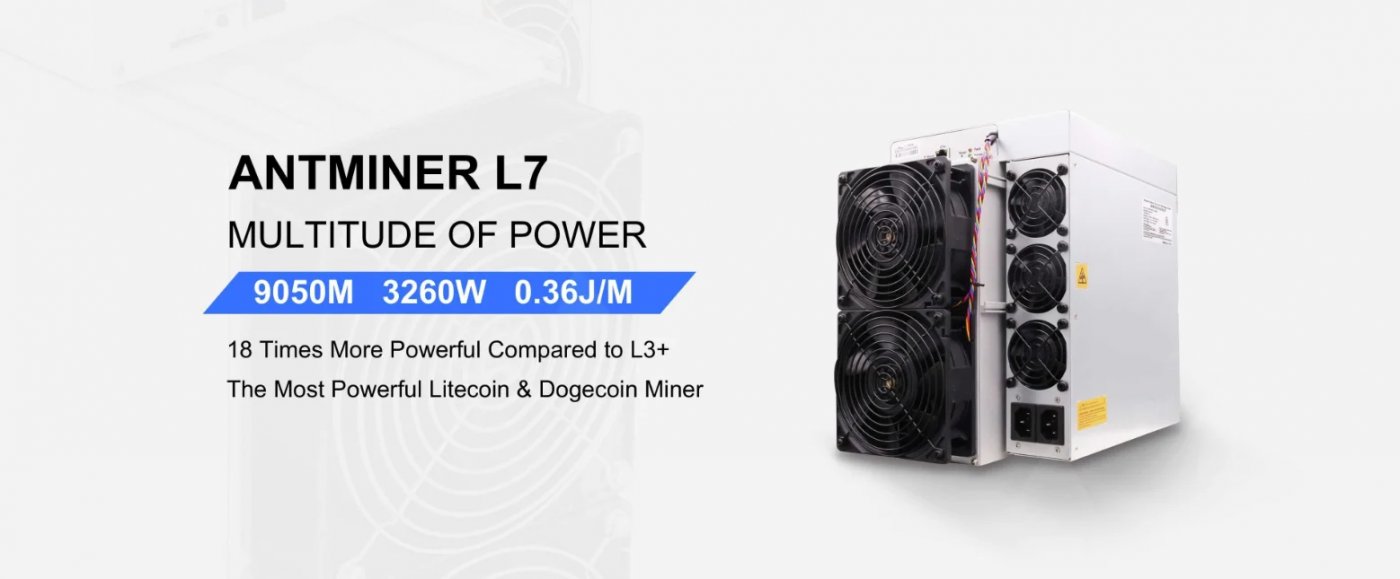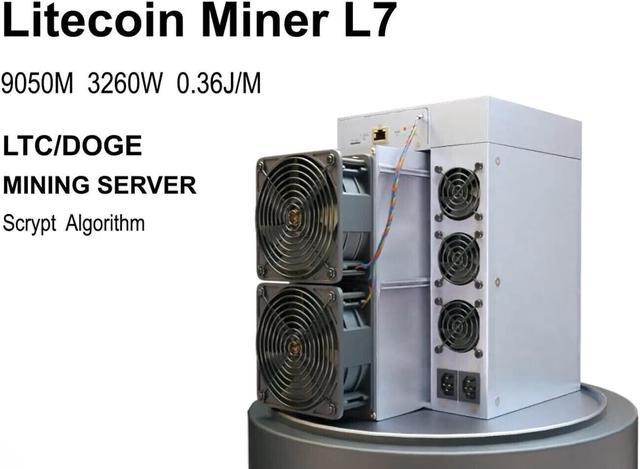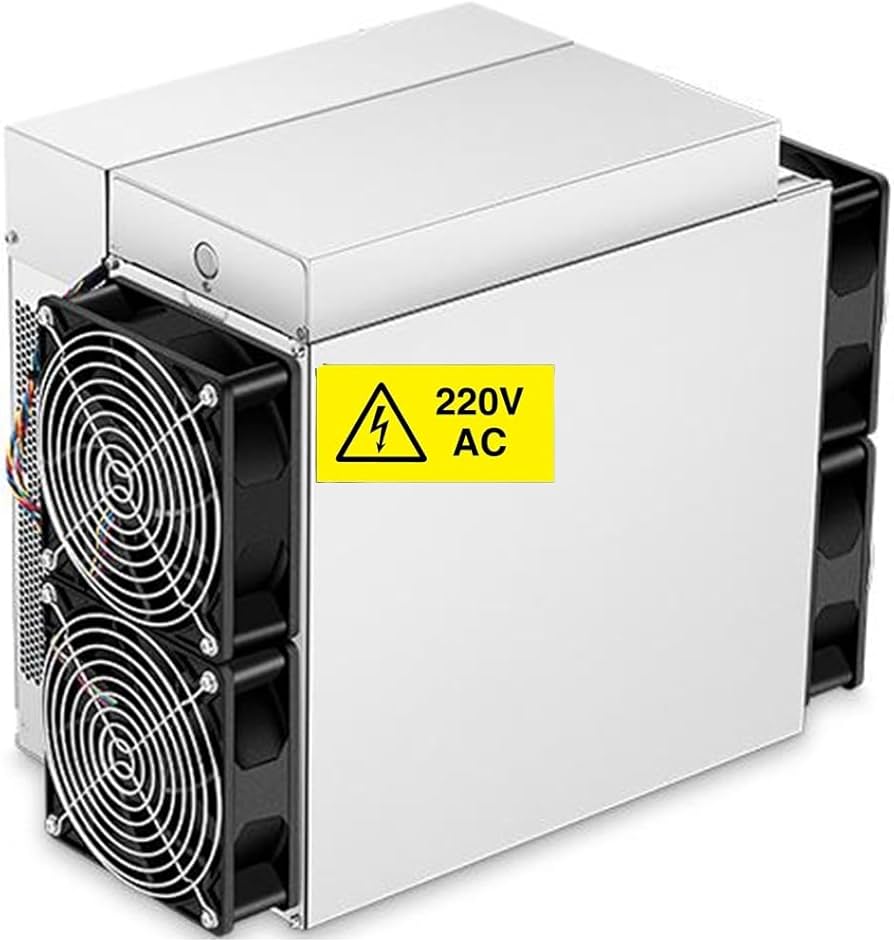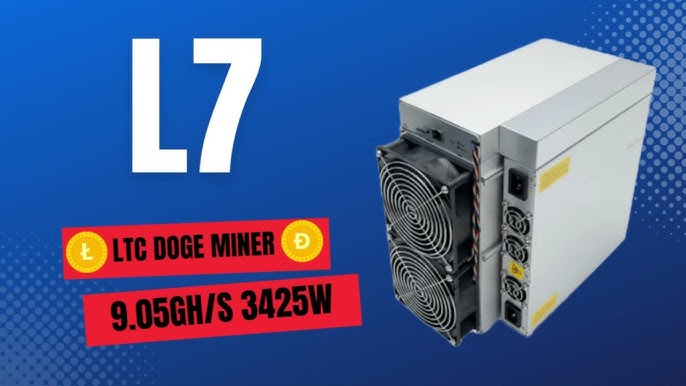Litecoin Miner L7 Overclocking Settings for Maximum Hash Rate
The cryptocurrency mining landscape is highly competitive, and maximizing your mining hardware’s potential is essential for staying profitable. The Litecoin Miner L7, developed by Bitmain, is a powerhouse in the Scrypt algorithm mining space, capable of delivering a staggering 9050 MH/s hash rate with exceptional energy efficiency. However, for miners looking to push the boundaries of performance, overclocking the L7 can unlock even greater hash rates. In this article, we’ll explore the best overclocking settings for the Litecoin Miner L7 to achieve maximum hash rate while maintaining stability and efficiency.
Understanding the Litecoin Miner L7
Before diving into overclocking, it’s crucial to understand the core capabilities of the Litecoin Miner L7. This miner is specifically designed for the Scrypt algorithm, making it ideal for mining Litecoin (LTC), Dogecoin (DOGE), and other Scrypt-based cryptocurrencies. With a default hash rate of 9050 MH/s and a power efficiency of 0.36 J/MH, the L7 is already one of the most efficient miners on the market.

The L7’s robust construction, combined with Bitmain’s reputation for reliability, makes it a favorite among both large-scale mining operations and individual miners. Its compact design, user-friendly maintenance features, and global adaptability further enhance its appeal. However, for those willing to take performance to the next level, overclocking offers a way to squeeze out additional hash rate and potentially increase profitability.
What Is Overclocking, and Why Do It?
Overclocking involves modifying a miner’s default settings to increase its processing speed, thereby boosting its hash rate. While this can lead to higher earnings, it also comes with risks, such as increased power consumption, heat generation, and potential hardware wear. Therefore, it’s essential to approach overclocking with caution and a clear understanding of the trade-offs.

For the Litecoin Miner L7, overclocking can help you achieve hash rates beyond the factory-set 9050 MH/s. However, success depends on finding the right balance between performance, stability, and energy efficiency.

Preparing Your Litecoin Miner L7 for Overclocking
Before you start overclocking, there are several steps to ensure your miner is ready for the process:
- Firmware Update: Ensure your L7 is running the latest firmware from Bitmain. Firmware updates often include optimizations and bug fixes that can improve stability during overclocking.
- Cooling System: Overclocking generates additional heat, so having a robust cooling system is critical. Ensure your mining rig is well-ventilated, and consider adding external fans or cooling solutions if necessary.
- Power Supply: Overclocking increases power consumption, so confirm that your power supply can handle the additional load. Using a high-quality PSU with sufficient wattage is essential.
- Monitoring Tools: Install mining software that allows you to monitor hash rate, temperature, and power consumption in real-time. Tools like Awesome Miner or Hive OS are excellent choices.
Recommended Overclocking Settings for the Litecoin Miner L7
When overclocking the Litecoin Miner L7, the goal is to increase the hash rate without pushing the hardware beyond its limits. Here are some recommended settings based on real-world testing and industry feedback:
1. Frequency Adjustment
The frequency setting directly impacts the miner’s processing speed. Increasing the frequency can boost the hash rate but also increases power consumption and heat. For the L7, start by incrementally increasing the frequency by 5-10 MHz and monitor stability.
- Default Frequency: ~600 MHz
- Overclocked Frequency: 650-700 MHz
2. Voltage Adjustment
Higher frequencies often require a slight increase in voltage to maintain stability. However, excessive voltage can lead to overheating and hardware damage. Adjust the voltage cautiously, starting with small increments.
- Default Voltage: ~0.75V
- Overclocked Voltage: 0.80-0.85V
3. Fan Speed Control
As overclocking generates more heat, increasing fan speed is essential to prevent overheating. Set your fans to operate at a higher RPM to ensure adequate cooling.
- Default Fan Speed: 50-60%
- Overclocked Fan Speed: 70-80%
4. Power Limit Adjustment
Overclocking increases power consumption, so adjusting the power limit can help manage energy usage. Be cautious not to set the power limit too low, as this can cause instability.
- Default Power Limit: ~3200W
- Overclocked Power Limit: 3400-3600W
5. Testing and Optimization
After applying these settings, run your miner for several hours to monitor performance. Use mining software to track hash rate, temperature, and power consumption. If the miner remains stable, you can experiment with further adjustments to fine-tune performance.
Real-World Benefits of Overclocking the Litecoin Miner L7
When done correctly, overclocking the Litecoin Miner L7 can provide significant benefits:
- Increased Hash Rate: Overclocking can push the hash rate beyond 9050 MH/s, potentially reaching 9500 MH/s or higher. This translates to higher mining rewards.
- Enhanced Profitability: A higher hash rate means more coins mined, increasing your overall profitability.
- Flexibility: Overclocking allows you to adapt to changing market conditions, such as fluctuations in coin prices or mining difficulty.
Risks and Mitigation Strategies
While overclocking offers advantages, it also comes with risks:
- Increased Heat Generation: Overclocking can cause the miner to overheat, leading to hardware failure. Ensure your cooling system is capable of handling the additional heat.
- Higher Power Consumption: Overclocking increases energy usage, which can reduce profitability if electricity costs are high. Monitor power consumption and adjust settings as needed.
- Hardware Wear and Tear: Pushing the miner beyond its default settings can accelerate wear and tear. Regularly inspect your hardware and replace components as necessary.
To mitigate these risks, always prioritize stability over performance. Avoid aggressive overclocking settings, and continuously monitor your miner’s health.
Conclusion: Unlocking the Full Potential of the Litecoin Miner L7
The Litecoin Miner L7 is already a formidable machine, but overclocking can take its performance to new heights. By carefully adjusting frequency, voltage, and power settings, you can achieve hash rates that exceed the factory specifications, boosting your mining profitability.
However, overclocking requires a cautious and methodical approach. Invest in proper cooling, monitor your miner’s performance, and prioritize stability to avoid costly hardware failures.
With its industry-leading efficiency, robust design, and compatibility with Scrypt-based cryptocurrencies, the Litecoin Miner L7 is an excellent choice for miners looking to maximize their returns. By mastering overclocking techniques, you can unlock the full potential of this powerful machine and stay ahead in the competitive world of cryptocurrency mining.

This article combines technical expertise with practical advice, offering valuable insights for miners looking to optimize their Litecoin Miner L7. Whether you’re a seasoned operator or a beginner, these overclocking tips can help you achieve maximum hash rate and profitability.